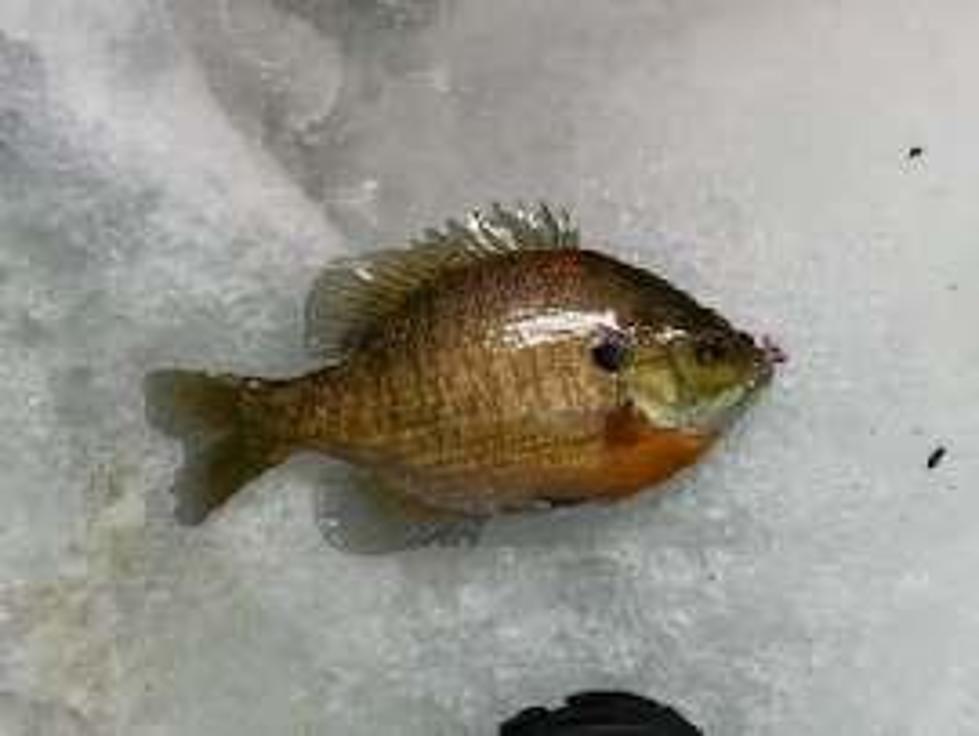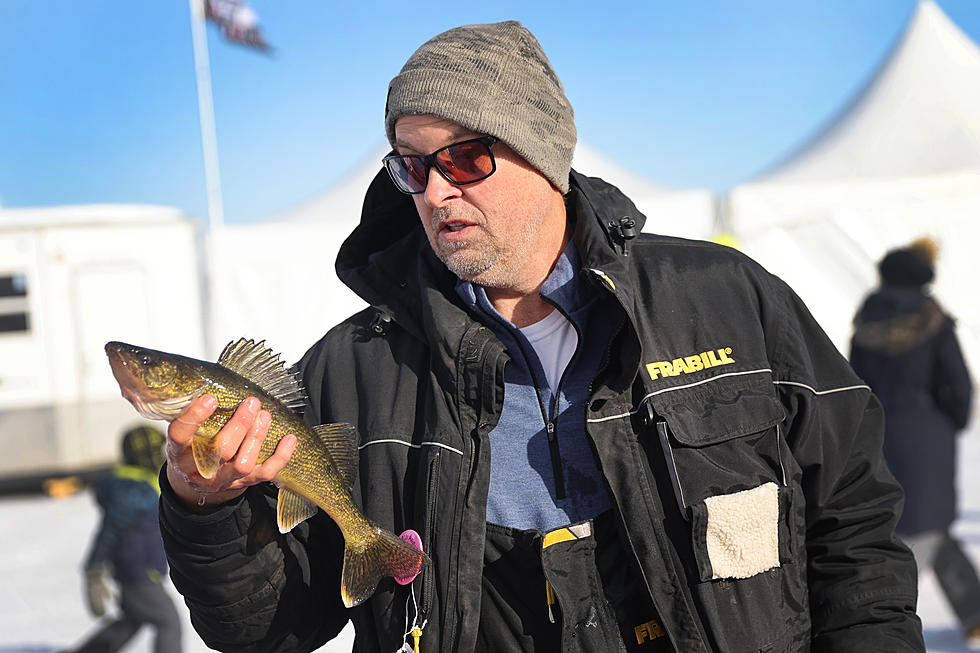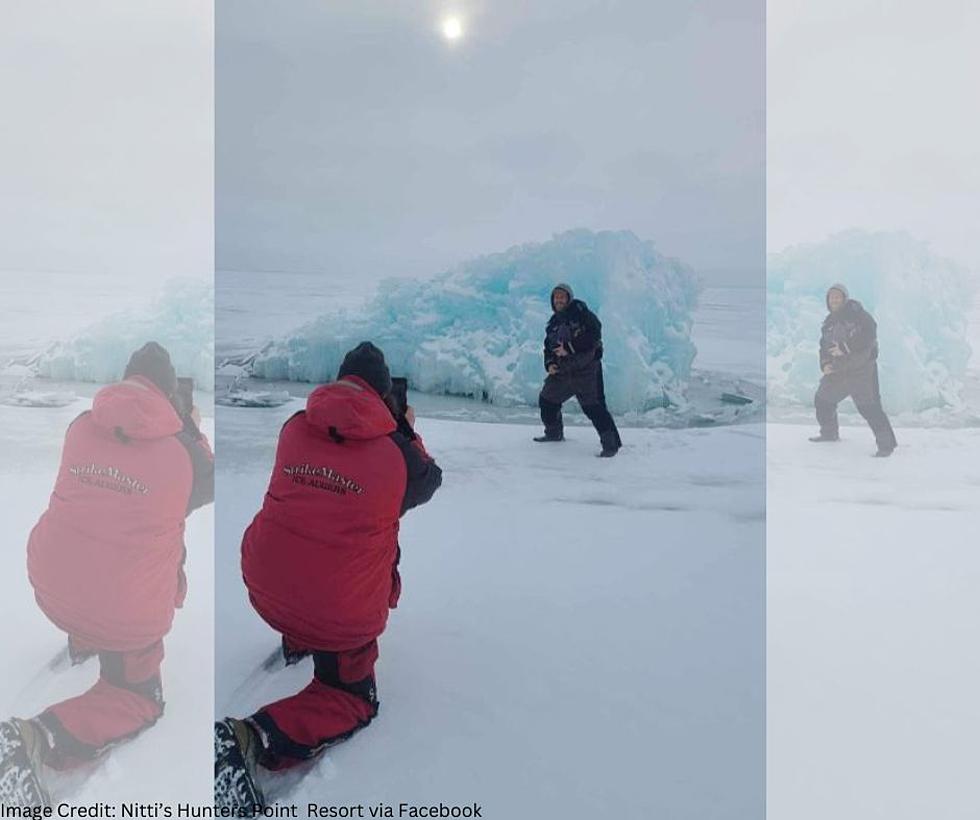
Put a Little Spring in Your Bobber
It happens to me several times every winter. Someone that has not experienced the pleasures of modern ice fishing techniques asks me to take them panfish fishing. I gladly oblige.
Each time out, there is quite a learning curve that must be gone through. The concept of seeing your bait on the Vexilar and being able to watch the fish as they respond to your offerings is quite fascinating.
Learning to play the active fish that are higher in the water column is also essential. Holding the bait above the intended target to make it “chase” for its dinner is part of the process that must be taught and then learned by the novice ice angler.
The trickiest aspect of the entire system is getting people to recognize a bite when it happens. This is where the visually oriented spring bobbers are extremely valuable.
Although I love the pounding style of tightline jigging and find it very productive, it is not something I can teach a new angler in one outing. I find new anglers have a much better chance of being successful when they can depend on sight rather than feel.
I use a number of spring bobber setups, but have discovered that some of the newer combos with built-in nitinol bobbers are ideal. The key is having a spring that is sensitive enough to show bites yet strong enough to develop a rhythmic cadence that matches with the small tungsten Drop jigs I like to use. I also want a system that won’t ice up if I am fishing in the open.
Teaching the rhythmic cadence requires patience on everybody’s part. It is easy to demonstrate when a person has done it for years, but it is not that easy to replicate for new anglers.
Once someone masters the cadence, the next challenge is helping anglers identify what an actual bite looks like. It is a simple matter of watching for a tiny change in the rhythmic bounce of the bobber and is usually very subtle.
Too many times, anglers are expecting something earth shattering to happen when a bluegill or crappie sucks in a bait. They are definitely not prepared for the minute indications that a bite is taking place.
I often tell novice anglers to set the hook anytime they see something unusual happen with their spring, especially if the Vexilar shows a fish is on the bait. It may be an interruption of the cadence, a tiny tick as the bait is inhaled or the rising of the spring as the weight of the jig ends up in a mouth. Hooksets are free where I come from and it is one way for someone to determine what is and what isn’t a bite.
Becoming adept at using a spring bobber is a learning process that takes time. However, it is not so difficult it can’t be somewhat mastered on the very first outing. When anglers do catch on to the spring bobber technique, they are always interested in knowing when the next trip to the ice is going to take place.
Undoubtedly, fishing panfish with spring bobbers gets anglers hooked in a hurry.
More From AM 1240 WJON









